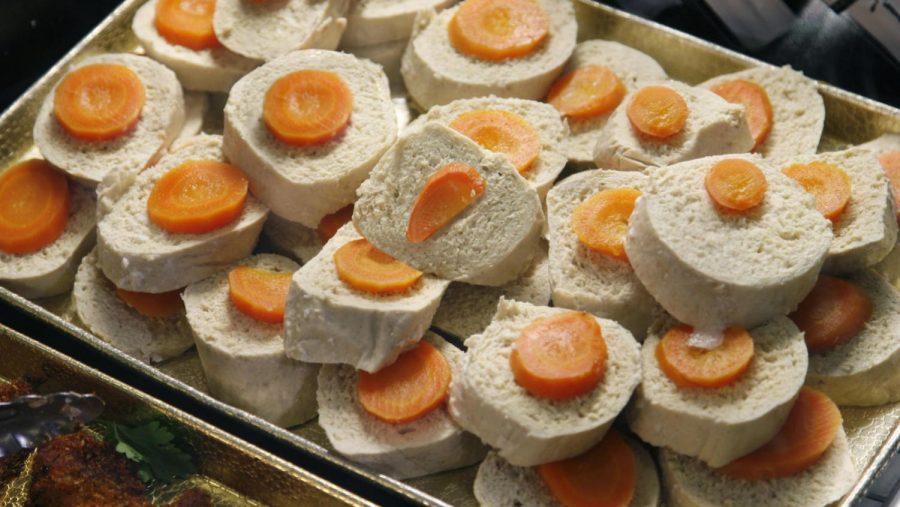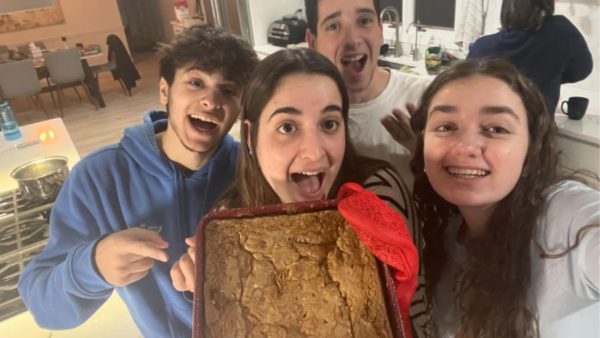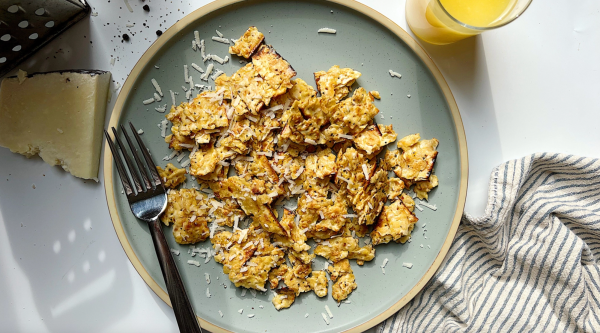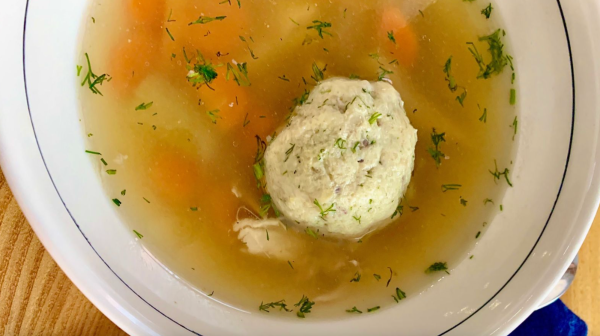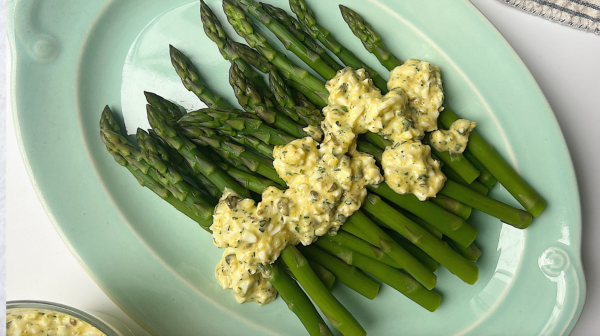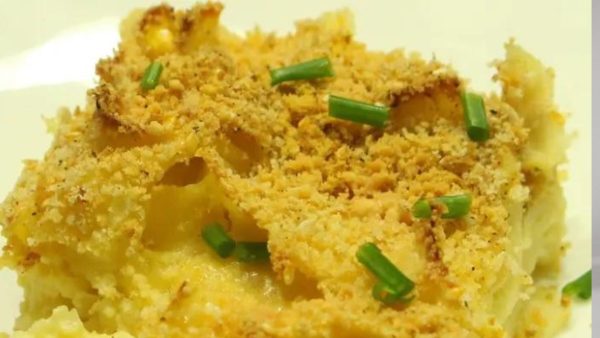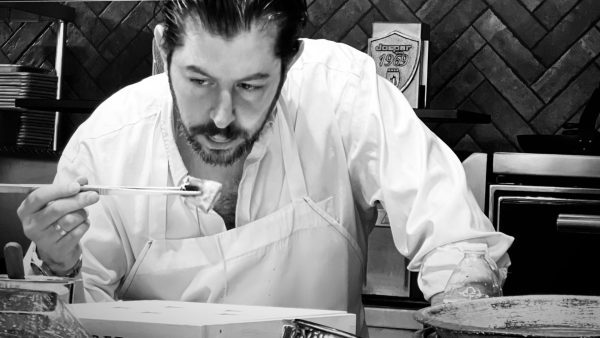Battle of the gefilte fish
Published September 27, 2022
I have such fond memories of growing up in St. Louis and celebrating the holidays as we welcomed not only the new year but the crisp cool air that autumn supplied.
Of course, getting out of school was also a welcomed respite, though we were hardly knee-length into our studies when the High Holidays occurred. And, truth be told, I was actually born on Rosh Hashanah (year to remain undisclosed), so the holiday had special significance.
While the holidays brought a focus on synagogue, fasting, atonement, spiritual renewal and the optimism inherent in a new year, my family — like so many others — also talked and thought a lot about the food.
“Food, glorious food,” to steal a line from “Oliver!”
And, since I was fortunate to have both sets of my grandparents residing in St. Louis just a short car ride away, we took all of our meals during the holidays on a rotational basis with each set of in-laws or out-laws, as they were referred to.
What was striking to me was that the food itself was the same, yet so uniquely different. My maternal grandmother prided herself on being very American and her food, sad to say, was generally bland and boring, while my paternal grandmother was the quintessential Jewish cook who never turned down an opportunity to overfeed an army and had a natural knack for delicious food with a presentation any Michelin star-studded chef would die for. Or vie for. Yet she was quite self-deprecating about her abilities.
In fact, there is a story about one local rabbi who dined at her table and he enthusiastically said, “Mrs. Schmidt, I’ve eaten chopped liver all over the world – Europe, Asia and in every large U.S. city, and this is absolutely the best I’ve ever had.” Never one to recognize nor accept a compliment despite her culinary talents, she replied, “Oh, it needs more salt!”
Although each grandmother had their own technique, it was most apparent in their homemade gefilte fish. Since neither drove a car, getting to the fishmonger, assessing the fish and discussing it with the man behind the counter was a daylong event in itself and planned well in advance of the holidays.
There were no Cuisinarts or kitchen appliances that would chop up the fish. No, it had to be done by hand. Each of them toiled arduously in their kitchens as they had to hand grind the fish, which when on a kitchen counter, was probably taller than both of my grandmothers, who shared a mutual height of 4-foot-10.
My Americanized grandmother, not unsurprisingly, turned out a rather mundane, flavorless, off-white (I’m being kind here) platter of mundane gefilte fish. And, of course, it tasted every bit as plain and tasteless as it looked. The only redeeming quality was that she served it with gelled aspic and a nice orange carrot round which added some dimension to what otherwise was the most banal gefilte fish east or west of the Mississippi.
Now for my other grandmother, that was a different story. Her gefilte had spice, it had zest. She had a heavy hand for a woman of such small stature and a complete lovefest with pepper (I shudder to think how she would’ve applied chipotle, sriracha or Cajun red sauce so prevalent in today’s culinary world), so each gefilte fish looked like a Dalmatian gone wild. Almost as if it was a geological specimen of white quartz interspersed with black onyx. And she presented it on a bed of lettuce (yes it was iceberg, but hey, this was back in the day and she didn’t even drive) with more than one bold, seasoned carrot round to top it off. Had there been gefilte fish contests like we now have bake-offs, barbecue and chef competitions, she’d have won on both sides of the Mississippi and probably all of Europe and Asia for her gefilte — after all, she purportedly made the best chopped liver (see above).
I still imagine and dream about her fish and I’m now living on the other side of the Mississippi. Shana Tova!



